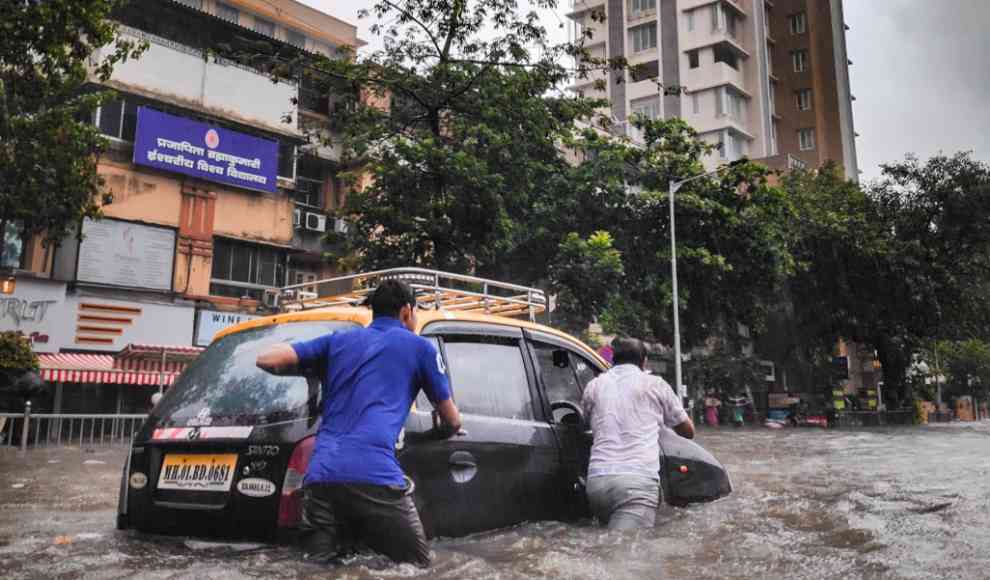Climate-related disasters have forced 10.3 million people to flee their homes in the last six months, according to data from the International Red Cross and Red Crescent Movement. This is four times the number of people displaced by conflicts and wars during the same period. The main cause of these displacements is flooding, such as the recent century flood in Eastern Australia, which forced tens of thousands of people to flee. Scientists at ETH Zurich have now identified the risks of displacement due to flooding in the future, the impact of climate change on these risks, and how socio-economic and demographic factors influence them.
According to their publication in Environmental Research Letters, various climate, hydrology, and population distribution models show that flood-related displacements will increase by over 50% per degree of global warming compared to 2010 if the population remains stable at the 2021 level. However, if the world population continues to grow at its current rate, the risk of displacement will increase by more than 110% globally by the end of the century if the goals of the Paris Climate Agreement, which aim to limit global warming to a maximum of two degrees Celsius, are met. If climate change continues unabated and the gap between rich and poor widens, the risk of displacement due to flooding will increase by 350% by the end of the century.
The study also shows that future risks can be minimized through smart spatial and urban planning and protective structures. “Our findings make it clear that we need to act quickly, both in combating climate change and in adapting measures to reduce future risks, especially for vulnerable populations,” explains Pui Man Kam. “Floods often affect the most socio-economically vulnerable groups, as they often settle in areas that are poorly protected from natural disasters. Because floods are the most important factor in displacement, and because floods are strongly influenced by climate change, we must know more about how risks are changing,” Kam emphasizes.










